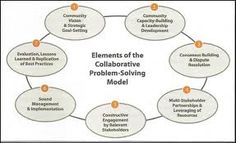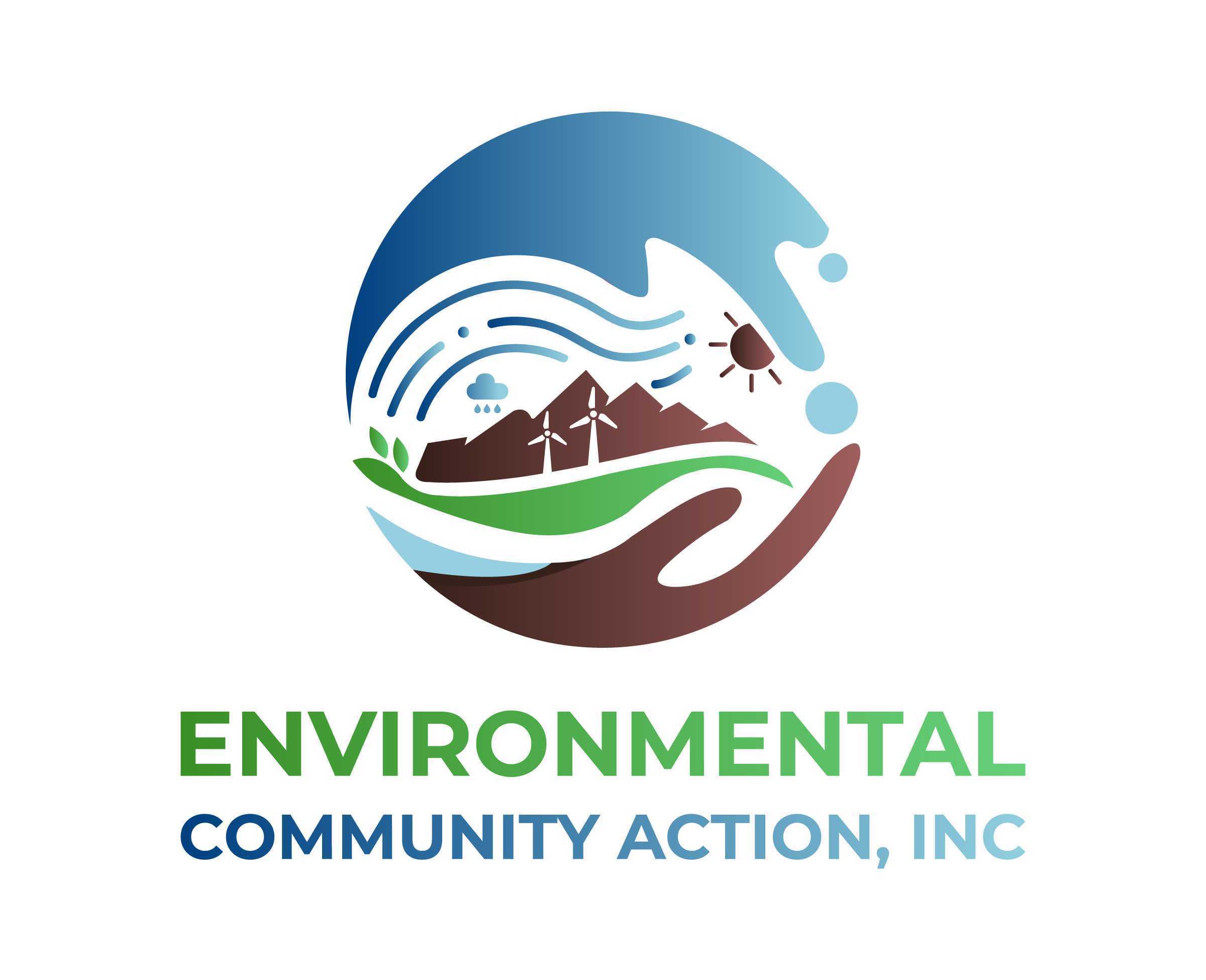Harold Mitchell’s presentation at the recent community forum described the process later codified into the EPA Environmental Justice Collaborative Problem Solving Model (EJCPS). Using this process ReGensis has been able to both address the environmental challenges posed by hazardous waste dumping and improve the quality of life for many Spartanburg, South Carolina residents.
The EJCPS model consists of 7 key elements:
- Community Capacity-Building and Leadership Development
- Consensus Building and Dispute Resolution
- Multi-Stakeholder Partnerships and Leveraging of Resources

- Constructive Engagement by Relevant Stakeholders
- Sound Management and Implementation
- Issue Identification, Community Vision, and Strategic Goal Setting
- Evaluation, Lessons Learned, and Replication of Best Practices
We found Representative Mitchell’s insights on several of the elements to be particularly illuminating and wanted to share these with you. Element 2 of the EJCPS model is consensus building. This seemed to be one of the keys to the success of the ReGenesis initiative overall. The project arose as community members started getting sick (and dying) from the contamination affecting the air and water near their homes. According to Harold, taking an adversarial stance toward the un addressed contamination was not productive; as the community pursued a lawsuit, everything shut down. When community members turned toward more of a dispute resolution process and were able to get other parties to share a vision of a stronger neighborhood, the groups who were partially responsible became more responsive. A cleaner, greener neighborhood was better for everyone.
Element 3 of EJCPS model focuses on developing multi-stakeholder partnerships. ReGenesis Stakeholders included federal state and local government agencies in addition to community members. Every conceivable agency was engaged in the effort including education who one might think might be relevant to an environmental health project. Indeed, one of the spinoff projects funded provided a computer lab to local schools which enabled Spartanburg student to work with students in south African around the issues of civil rights and environmental issues.
Some of the core lessons learned, Element 7 of the Collaborative Problem Solving Model, were that a project such as this requires a holistic approach in order to succeed. The projects engaged and benefited the entire community and emphasized the areas of health, education, job creation and training. Secondly the community must empower themselves by understanding their history, creating a shared vision, creating a robust organizational structure for project implementation and building their capacity to respond in a way that advances the project. The EJCPS model provides a road map and the Spartanburg project is a snapshot of what can be achieved when communities seek environmental justice in a systematic way. Thank you HERCULES for providing the venue where this success story could be shared with Georgia communities.
You can find out more about the Environmental Justice Collaborative Problem solving model here.
The community outreach and engagement core of HERCULES is committed to developing partnerships with the Atlanta community to understand their environmental health concerns. ECO-Action is a member of the Community Advisory Board which meets on a regular basis to oversee outreach and bring together community leaders, government agencies, other universities and Emory scientists. You can find out more about the Emory HERCULES Community Engagement Initiative here.


